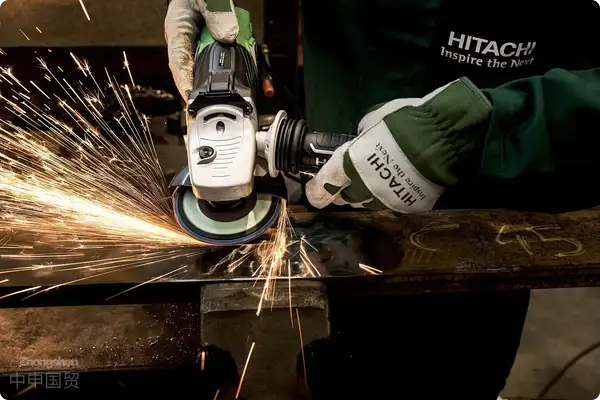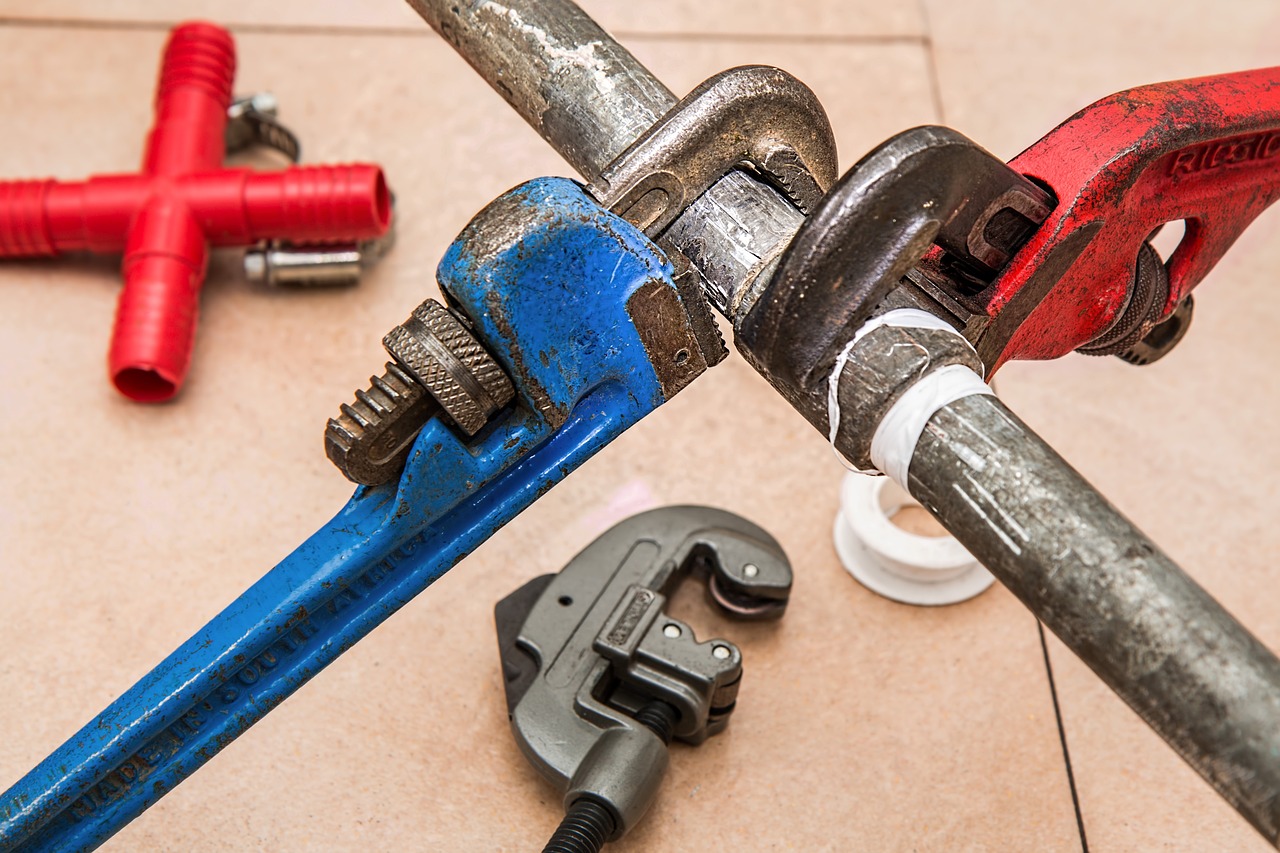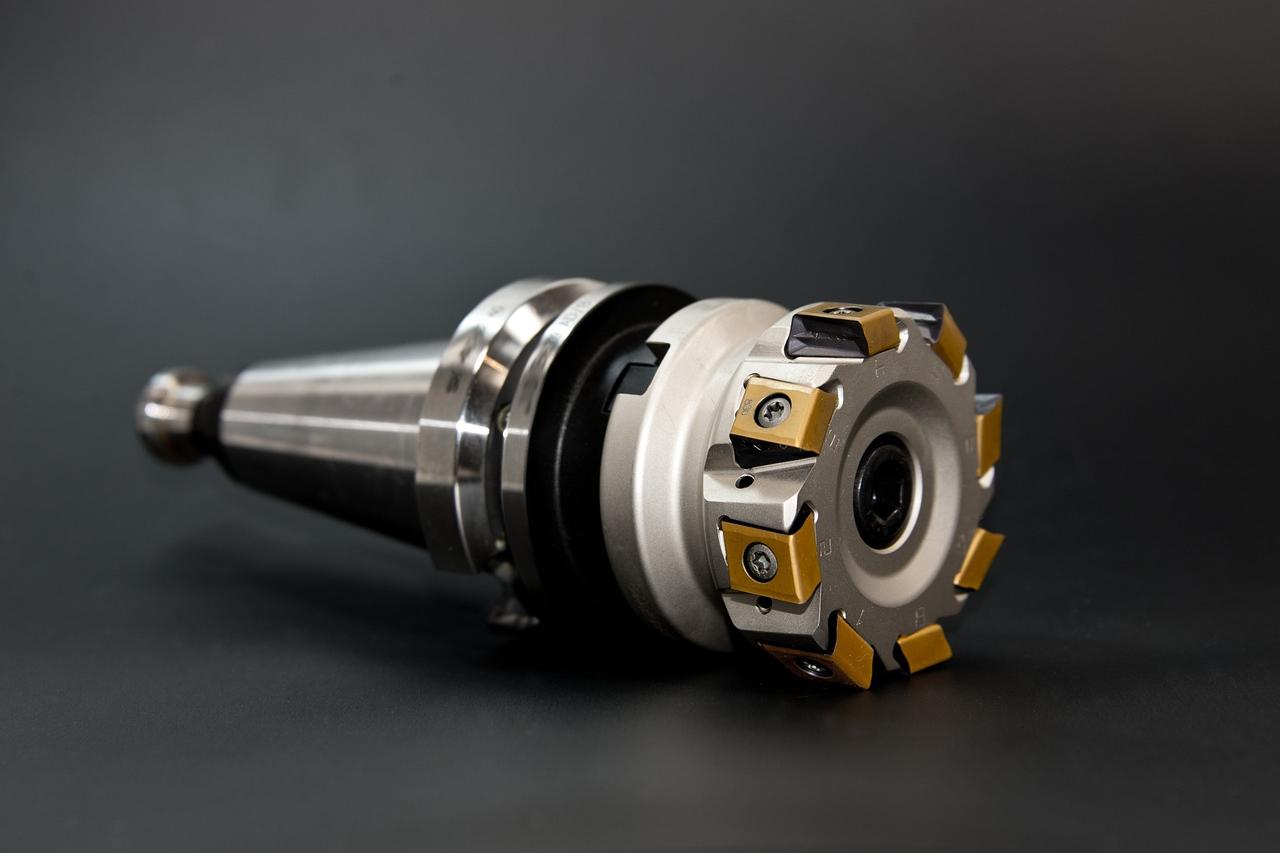- Shanghai Zhongshen International Trade Co., Ltd. - Two decades of trade agency expertise.
- Service Hotline: 139 1787 2118

With the rapid development of the global industrial manufacturing and technology fields, the demand for measuring tools (such as laser rangefinders, precision calipers, industrial sensors, etc.) in international trade continues to grow. The United States, as one of the largest import markets in the world, has a particularly strong demand for high - precision measuring equipment. However,for containers exported to the USIt involves complex regulations, certification processes, and supply chain management challenges. As a professionalforeign tradeservice expert with 20 years of industry experience, this article will systematically analyze the core points of clothingExport Representationservice company, we are committed to helping enterprises efficiently complete export compliance operations, reduce risks, and seize market opportunities. This article will provide a practical guide for export enterprises from three dimensions: market access, agency service processes, and common problems.
Contents
ToggleI. Core Requirements for Entering the US Market
1.Compulsory Product Certification
- FCC certification: All measuring tools containing radio frequency or electronic components (such as laser rangefinders) must pass the certification of the US Federal Communications Commission (FCC) to ensure that their electromagnetic compatibility meets the standards.
- UL/ETL certification: Measuring equipment involving electric drive needs to pass safety certification (such as UL 61010) to prove its electrical safety.
- FDA registration(If applicable): Precision measuring instruments for medical or laboratory use may need to submit registration documents to the US Food and Drug Administration (FDA).
- EPA environmental standards: Products containing batteries or chemical components must comply with the restrictions on hazardous substances set by the US Environmental Protection Agency (EPA).
2.Labeling and Packaging Specifications
- Product labels must include manufacturer/importer information, FCC ID, and warning signs (e.g., laser classes II and above need to be marked).
- Outer packaging must meet the ISTA transportation test standards to avoid logistics damage.
3.Tariffs and HS Codes
- Measuring tools are usually classified under HS Codes9015(optical measuring instruments),9031(mechanical measuring equipment) and other categories, with an average tariff rate of approximately2.7%-5%8., but the tax numbers need to be further divided according to specific functions.
Phase 1: Pre-Export Preparation and Qualification Review
Stage 1: Pre - compliance Preparation
- : Assist in completing UL certification, FCC electromagnetic compatibility testing, and optimize technical documents to shorten the review cycle.: The agency company assists customers in sorting out product technical parameters and confirming the applicable US regulations and certification list.
- Certification agency: Provide local laboratory testing support (such as FCC Part 15 testing) to shorten the certification cycle to 4 - 8 weeks.
- Document Optimization: Prepare commercial invoices that meet the requirements of the US Customs,It is recommended to verify through the following methods:packing lists and packaging declarations.
Phase 2: Logistics and Customs Clearance
- Supply Chain Integration: Recommend according to the volume of goods and time - limit requirementsMaritime Transportation(Full Container Load/FCL),Air Transportationor cross - border express delivery solutions to optimize the cost structure.
- Customs Brokerage:
- Pre - file the ISF (Importer Security Filing) to avoid port detention fines.
- Assist in handling HTS code classification disputes and avoid the risk of customs inspection.
- Localized Distribution: Provide US bonded warehouse stockpiling, terminal distribution, and return and exchange services.
Phase 3: After - sales and Risk Management
- Market Monitoring: Track the recall warnings of the US CPSC (Consumer Product Safety Commission) and respond promptly to quality issues.
- intellectual property protection.: Assist in registering US trademarks/patents to prevent infringement disputes.
III. Core Advantages of Choosing Agency Services
1.Compliance guarantee
Professional teams accurately match certification requirements such as FCC and UL to avoid return losses caused by oversights in technical details.
2.Professional support
Integrate the resources of leading logistics providers to reduce cross - border transportation costs by more than 30%; use trade agreements (such as rules of origin) to reduce tariffs.
3.Lead time improvement
Through pre - clearance and port priority channels, the average customs clearance time is compressed to within 48 hours.
4.Risk Control
Insure product liability insurance (PLI) and cargo insurance to cover potential losses in transportation, warehousing and after - sales processes.
IV. Typical Cases and Common Questions
Case: An industrial sensor enterprise exports to the United States
- Challenges: The product needs to meet FCC, UL and Proposition 65 (heavy metal restrictions) in California simultaneously.
- Solutions: The agency company coordinates with a US laboratory to complete one - stop testing, and simultaneously submits for EPA filing, shortening the overall cycle by 40%.
- Achievements: The first export order was completed within 3 months, with a cargo value exceeding $500,000 and a 0 record of customs detention.
FAQ
Q: Does the US importer (Buyer) have to be a local company?
A: No, but it is recommended that the customer appoint a consignee within the United States (Consignee) to simplify the customs clearance process.
Q: How is the customs duty calculated?
A: Customs duty = cargo value × tax rate (according to the HTS code) + import processing fee (MPF: 0.3464%). The agency company can provide pre - accounting services.
Q: Does the measuring tool need to be calibrated locally in the United States?
A: If the product is marked as compliant with NIST (National Institute of Standards and Technology) standards, usually no repeated calibration is required.
V. Conclusion
Exporting to the US market is a crucial step for measuring tool enterprises to expand their global business. However, complex regulations and supply chain management requirements often become barriers for small and medium - sized enterprises. Through professional agency services, enterprises can focus their resources on product research and development and market expansion, while ensuring compliance, cost control and delivery efficiency. If you need a customized export plan, welcome to contact our expert team to obtain the US market access white paper and tariff optimization toolkit.import and exportUnlocking the US Market: A Complete Guide to Export Compliance and Agency Services for Measuring Tools
Related Recommendations
? 2025. All Rights Reserved. Shanghai ICP No. 2023007705-2  PSB Record: Shanghai No.31011502009912
PSB Record: Shanghai No.31011502009912










